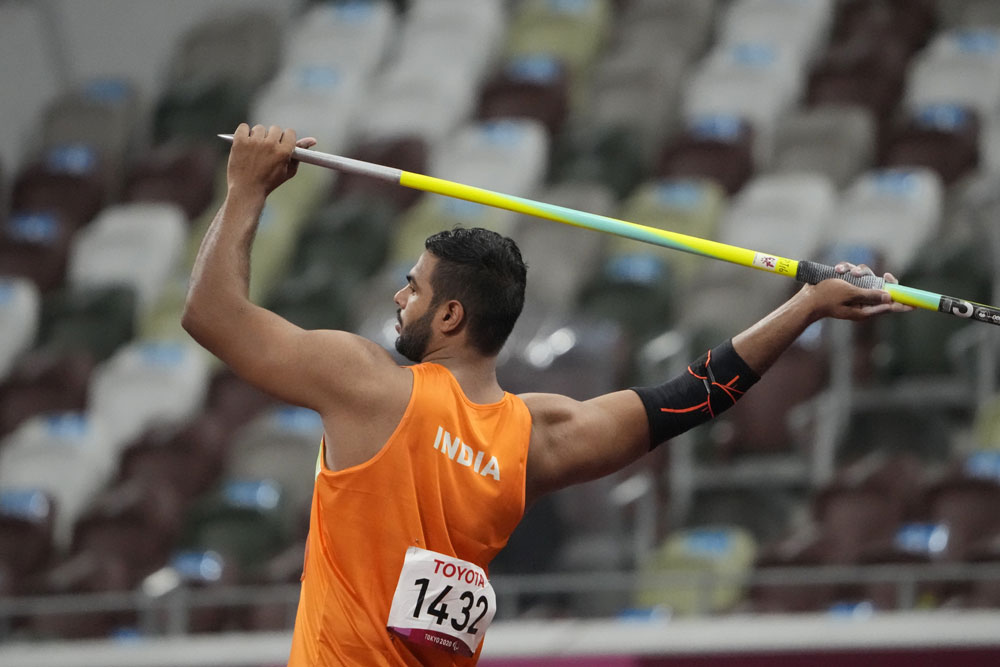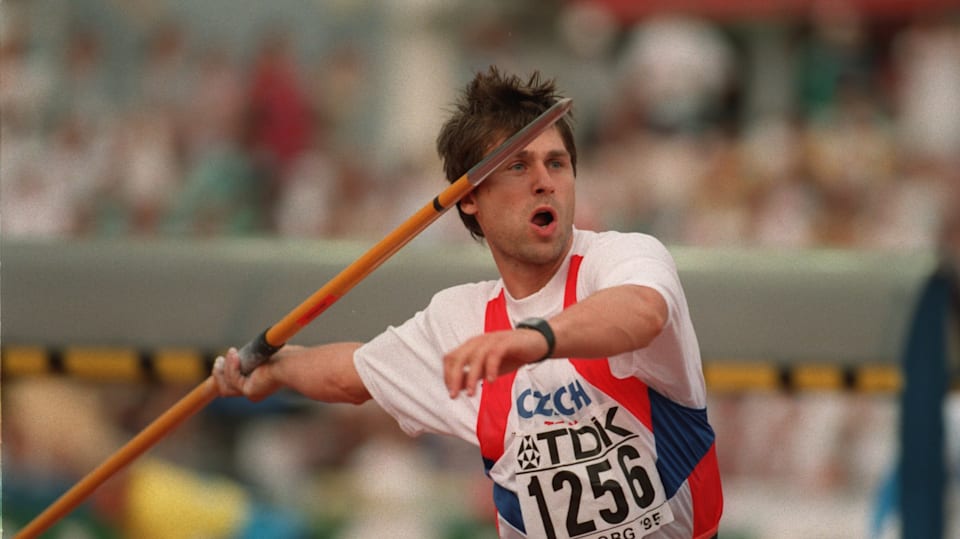History of the Javelin Throw World Record
The javelin throw, a track and field event, has witnessed a remarkable evolution in its world record over the years. From the early days of the sport to the modern era, athletes have consistently pushed the boundaries of human performance, aided by technological advancements in javelin design. Examining the history of this record unveils a fascinating journey of athletic prowess, technological innovation, and the relentless pursuit of excellence.
Evolution of the Javelin Throw World Record
The javelin throw world record has been broken numerous times throughout history, reflecting the continuous improvement in athletic performance and javelin design. Here’s a look at some of the significant milestones and the athletes who held the record:
- Early Years (1900s): The first official javelin throw world record was set in 1906 by Eric Lemming of Sweden, with a throw of 62.32 meters. This record stood for over a decade, highlighting the early stages of the sport.
- The 1920s and 1930s: The record continued to improve throughout the 1920s and 1930s, with athletes like Matti Järvinen of Finland pushing the boundaries. Järvinen held the record for a significant period, setting it at 71.70 meters in 1938, a mark that remained unbroken for over 15 years.
- Post-World War II Era: The post-war era witnessed a surge in athletic performance, and the javelin throw was no exception. The record was broken multiple times, with athletes like Yrjö Nikkanen of Finland and Janusz Sidło of Poland taking the lead. Nikkanen’s record of 85.71 meters set in 1968 marked a significant milestone, exceeding the 80-meter barrier for the first time.
- Modern Era (1970s-Present): The modern era of the javelin throw has been dominated by athletes like Steve Backley of Great Britain and Andreas Thorkildsen of Norway. Backley’s record of 91.46 meters set in 1990 stood for over a decade, showcasing the exceptional athleticism of the era. However, Thorkildsen’s record of 91.57 meters set in 2006 surpassed Backley’s mark, and it remains the current world record.
Technological Advancements in Javelin Design
Technological advancements in javelin design have played a crucial role in the evolution of the world record. The javelin’s shape, weight, and center of gravity have been continuously refined, impacting its aerodynamics and flight trajectory.
- Early Javelins: Early javelins were typically made of wood and were relatively heavy and thick. These javelins had a limited range and were prone to instability during flight.
- Introduction of Metal: The introduction of metal javelins in the 1930s marked a significant advancement. Metal javelins were lighter and more aerodynamic, allowing for longer throws. However, these javelins were still relatively rigid and lacked flexibility.
- Modern Javelins: Modern javelins are made from a combination of metal and composite materials. These javelins are designed to be flexible and aerodynamic, allowing for greater stability and distance during flight. The introduction of a center of gravity closer to the tip has also significantly impacted the javelin’s flight path, enabling athletes to achieve greater distances.
Javelin Throw World Record Progression Across Different Eras
The javelin throw world record has progressed at different rates across different eras, reflecting the evolving athletic standards and technological advancements.
- Early Years (1900s-1930s): The record progression during this era was relatively slow, with gradual improvements in technique and javelin design. The record increased from 62.32 meters in 1906 to 71.70 meters in 1938.
- Post-World War II Era (1940s-1960s): This era witnessed a significant acceleration in the record progression. The introduction of metal javelins and the increasing focus on athletic training contributed to a rapid increase in performance. The record jumped from 71.70 meters in 1938 to 85.71 meters in 1968.
- Modern Era (1970s-Present): The modern era has seen a more gradual but steady increase in the world record. Technological advancements in javelin design, combined with improved training techniques and athleticism, have resulted in consistent improvements in performance. The record has increased from 85.71 meters in 1968 to 91.57 meters in 2006.
Current World Record Holder and Their Achievements: Javelin Throw World Record

The current men’s javelin throw world record holder is Jan Železný of the Czech Republic. He set the record in 1996 with a throw of 98.48 meters, a mark that has stood the test of time for over two decades. Železný’s dominance in the javelin throw was unparalleled, and his achievements continue to inspire athletes around the world.
Jan Železný’s Biography
Jan Železný was born on May 16, 1966, in Mladá Boleslav, Czechoslovakia. He started his athletic career as a decathlete, but soon discovered his true passion for javelin throwing. His talent quickly became evident, and he rose through the ranks to become one of the world’s most dominant javelin throwers.
Training Methods and Technique
Železný’s training regimen was rigorous and focused on developing both strength and speed. He incorporated a variety of exercises into his routine, including weightlifting, plyometrics, and running. His technique was characterized by a powerful run-up and a smooth, fluid release of the javelin.
“I always try to be perfect in every detail. It’s not just about throwing far, but about throwing with precision and accuracy.” – Jan Železný
Physical Attributes
Železný’s physical attributes played a significant role in his success. He possessed exceptional height, long arms, and a strong upper body, all of which contributed to his ability to generate immense power and distance in his throws.
Competitive History
Železný’s competitive history is filled with remarkable achievements. He won three Olympic gold medals (1992, 1996, 2000), three World Championships (1993, 1995, 2001), and numerous other prestigious titles.
Notable Performances
– 1996 Atlanta Olympics: Železný set the world record with a throw of 98.48 meters, securing his second Olympic gold medal.
– 2000 Sydney Olympics: He defended his Olympic title with a throw of 87.80 meters, becoming the first athlete to win three Olympic gold medals in the men’s javelin throw.
– 1993 World Championships: Železný won his first World Championship title with a throw of 89.58 meters.
– 1995 World Championships: He successfully defended his title, throwing 89.69 meters.
The javelin throw world record is a seriously impressive feat of strength and accuracy. It’s like, “Whoa, dude, how far did you throw that thing?!” But the men’s javelin final, which is basically the Super Bowl of javelin throwing , is where you see athletes really pushing their limits and trying to break that record.
It’s a whole lotta pressure, but it’s also an amazing display of athleticism.
The javelin throw world record is a beast of a feat, requiring insane strength and precision. And the Olympics javelin throw final is where the world’s best throwers go head-to-head to see who can launch that spear the furthest, check out the history of this epic competition , it’s a wild ride! But the world record is the ultimate goal, and the competition to break it is always fierce.

